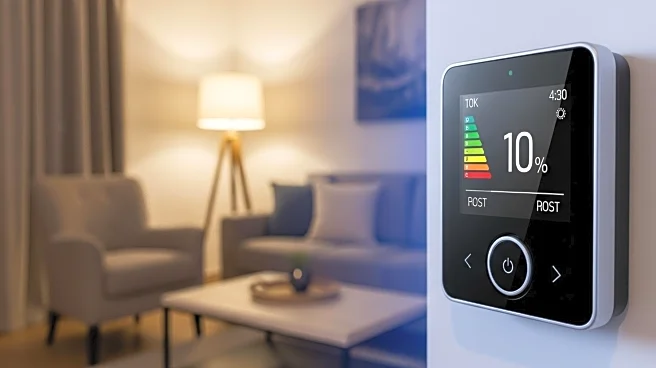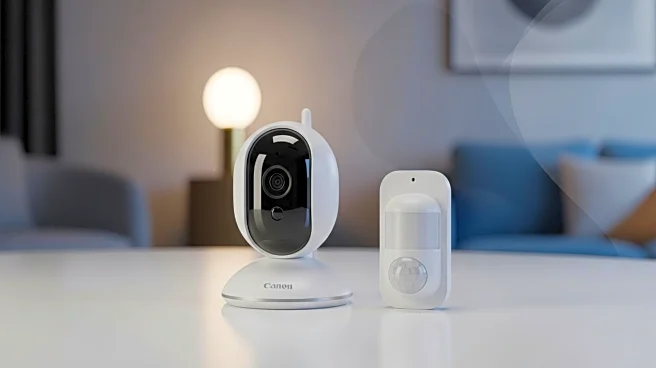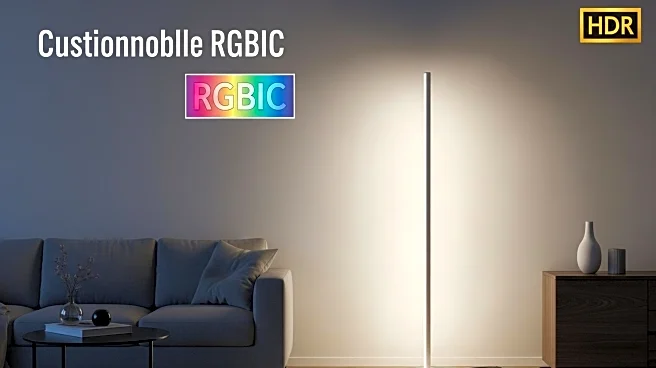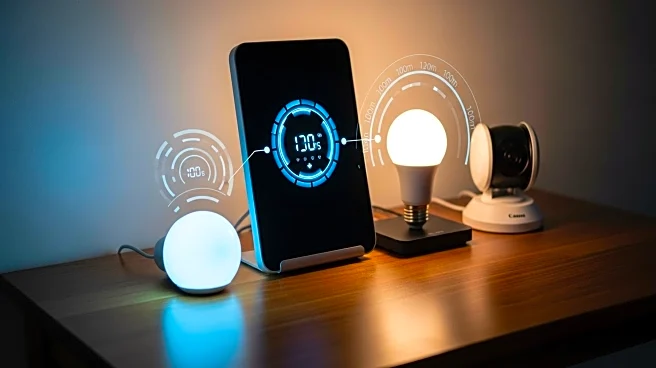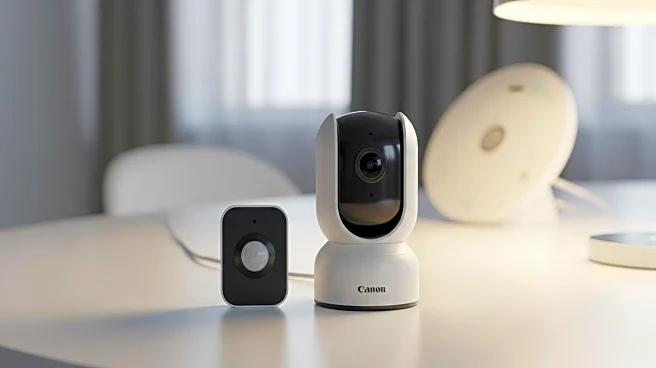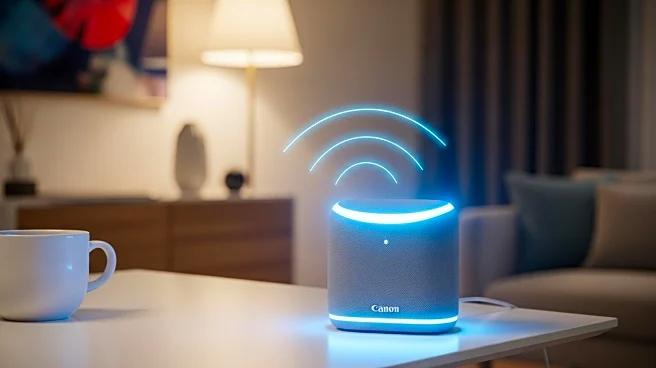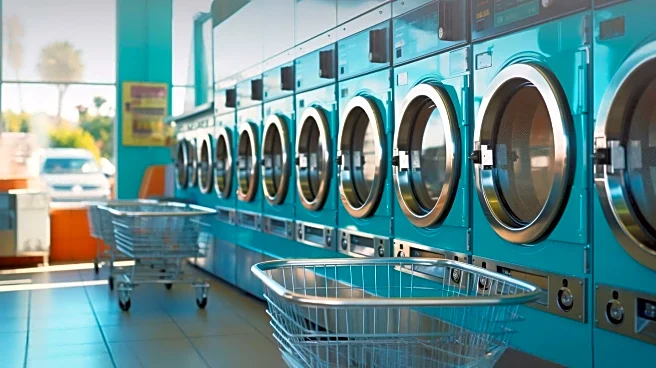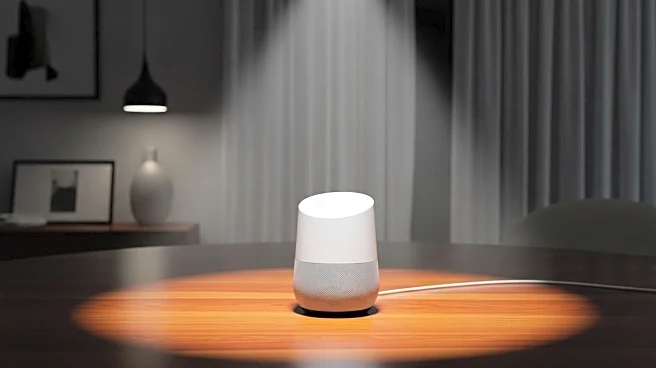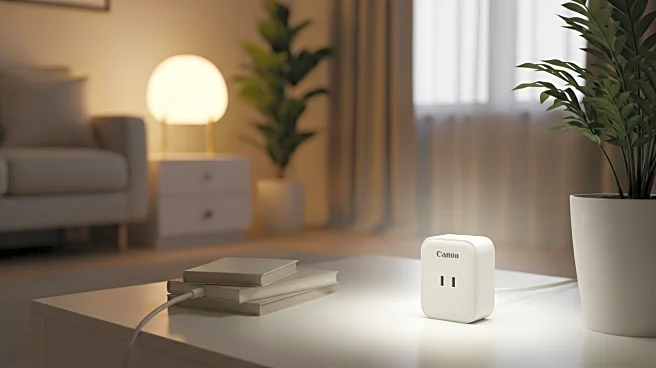What's Happening?
As temperatures drop, homeowners are increasingly concerned about rising heating bills. Smart thermostats, such as those from Nest, Ecobee, and Honeywell Home, claim to offer significant savings through advanced features like automatic adjustments and learning algorithms. These devices can optimize heating and cooling settings, reducing energy usage and costs. For instance, the Nest Learning Thermostat reportedly saves users 12% to 15% annually, translating to $131 to $145 in savings. Ecobee users might save up to 26%, potentially reducing bills by $250 annually. Smart thermostats also offer features like portable wireless sensors, which adjust settings based on specific room temperatures, further enhancing savings.
Why It's Important?
The adoption of smart thermostats can lead to substantial financial benefits for homeowners, especially during colder months when heating costs rise. By optimizing energy usage, these devices contribute to lower utility bills without sacrificing comfort. This technology is particularly beneficial for renters who pay for electricity, although they may need permission to install such devices. Additionally, smart thermostats can pay for themselves within a year or two, making them a cost-effective investment. Programs like 'Connected Savings' offer further savings by allowing utility companies to make minor adjustments during peak usage, providing energy discounts.
What's Next?
Homeowners may explore additional savings opportunities by participating in peak usage programs offered by utility companies, which can provide energy discounts. Ecobee's Community Energy Savings program offers a similar option, potentially earning users up to $125 extra. Furthermore, homeowners should investigate local rebate programs, as many utility companies offer incentives for purchasing Energy Star-rated smart thermostats. These rebates can further offset the initial cost of the device, enhancing its financial appeal.
Beyond the Headlines
The widespread adoption of smart thermostats could lead to broader environmental benefits by reducing overall energy consumption. This aligns with efforts to promote energy efficiency and sustainability in residential settings. Additionally, the integration of smart technology in homes reflects a growing trend towards connected living spaces, where devices work together to optimize comfort and efficiency.
